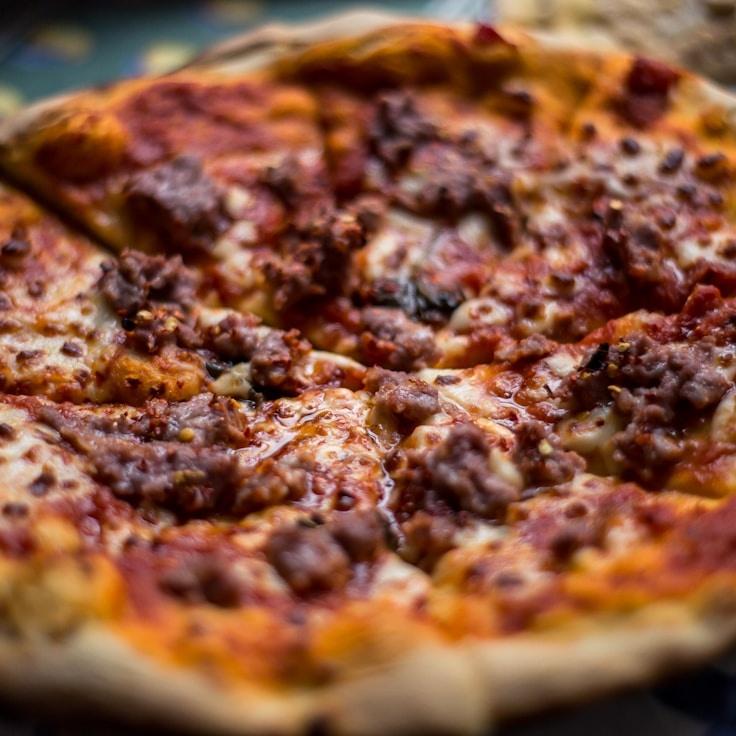At PepperOnionJam, we're convinced that the cornerstone of a superb pizza is the dough. With over 30 years spent refining our technique, we're eager to divulge some of our insights with you. We have to keep our recipe a closely guarded treasure, but these guidelines will set you on the path to making high-caliber pizza dough in your kitchen.
Flour Quality is Paramount
Superior quality flour is the bedrock of top-notch pizza dough. 00 flour, known for its fine texture and moderate protein content—approximately 12%—ensures a blissful middle ground between robustness and softness. In case 00 flour is out of reach, opt for bread flour to achieve a somewhat altered consistency.
Optimal Water Temperature for Dough Consistency
The water's temperature is crucial to the dough's fermentation process and its overall texture. Use cool water, about 45°F (7°C) for a lengthy fermentation that enhances the taste, whereas lukewarm water around 85°F (29°C) will speed up the process. The ideal hydration level, which is the flour-to-water ratio, should be within a range of 60-70% for the average home oven.
Less Yeast, More Time for Fermentation
The secret to a flavorful dough lies in minimal yeast use and extended fermentation periods. We utilize a mere 0.2% of fresh yeast compared to our flour quantity to let the dough ferment for 24-48 hours. This technique allows the development of rich flavors and leads to a dough that's more digestible.
Salt’s Role Beyond Taste
Salt's responsibility is not solely to add taste—it also fortifies the gluten network and keeps fermentation in check. We suggest using fine sea salt at a ratio of 2.5-3% to your flour quantity. Integrate it once the water and flour begin to amalgamate to avert the salt from directly interacting with the yeast.
Fermentation: A Delicate Craft
After the ingredients are mixed, let your dough undergo bulk fermentation at room temperature for approximately 2 hours, then split it into portions for individual pizzas. These segments should be placed into sealed containers and chilled for 24-72 hours. It's during this cold fermentation that the dough transforms, with enzymes converting starches to sugars that contribute to both the crust's taste and its signature golden browning.
Gentle Handling Does Wonders
When pizza creation time arrives, take your dough out of the fridge 1-2 hours prior to baking to bring it to room temperature. Treat the dough tenderly to keep the air bubbles intact. Rather than using a rolling pin, which can deflate the dough, stretch and shape it with your fingers to preserve its airy quality.
Concluding with the Right Heat
While we typically use wood-fired ovens that reach an immense 850°F (454°C), you might find home ovens topping out at about 550°F (288°C). To mimic these high temperatures, place a preheated pizza stone or steel in the oven for at least one hour prior to cooking. This will ensure your pizza gets a crisp crust and a light interior.
Perfecting pizza dough is a continuing process where every attempt teaches you something new. We suggest keeping a journal of your endeavors, tweaking the process as you go, to find out what brings about the best results in your kitchen.
For a closer look at how we make our dough, we recommend attending one of our monthly pizza-making workshops, where Chef Julian will showcase these techniques comprehensively. Visit our event calendar for the upcoming dates!

